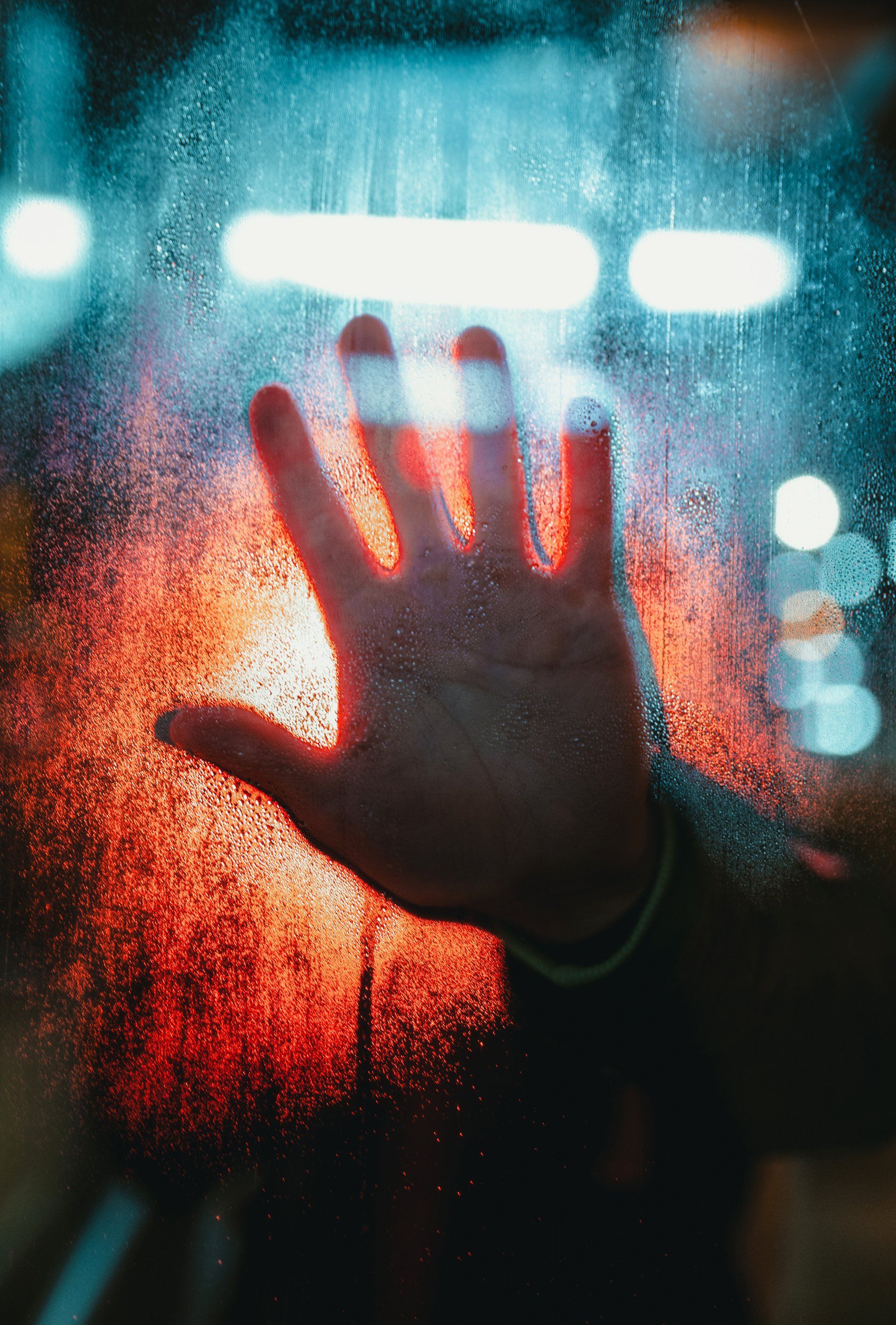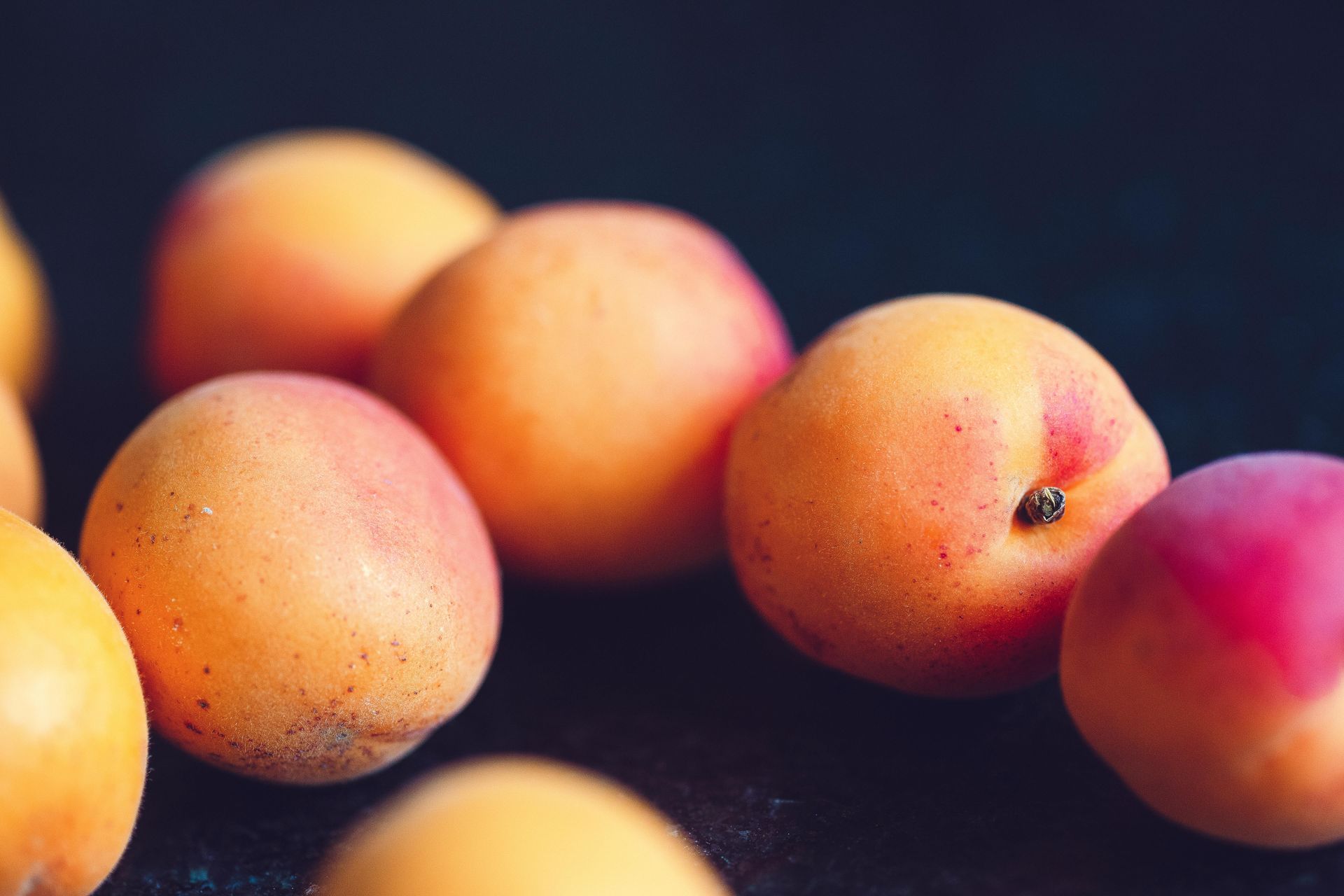What is a virus, what are bacteria? Here are some definitions
Our easy-to-use, affordable technology kills a huge list of viral, bacterial and other threats to human health quickly and efficiently using clean, powerful UVC light. But what, exactly, are the viruses, bacteria and other things it gets rid of? Here’s what you need to know.
What is a virus?
The word ‘virus’ comes from the Latin word for a slimy liquid or poison. It’s a tiny infectious microbe that multiplies inside the living cells of animals, humans, plants, and even bacteria. Viruses are made from segments of either DNA or RNA covered by a coat made of protein. They can’t reproduce alone. They use parts of the host cell they’ve invaded to make copies of themselves and can end up damaging or killing the host cells. Human viral diseases include covid, flu, AIDS, smallpox and measles.
What are bacteria?
Bacteria are some of the smallest living things, made of just one cell. Despite being so simple a bacterium can move, get energy from food, detect changes in its surroundings, grow, reproduce, and expel waste products. Made up of a cell wall filled with cytoplasm, unlike most animal and plant cells there’s no nucleus. It has a plasmid instead, a circular strand of floating DNA. Bacteria are responsible for illnesses like scarlet fever, food poisoning and meningitis, thanks to the poisons they produce.
What are spores?
Spores are the reproductive cells of some plants and fungi. They can divide many times to make new individuals, working like seeds in the plant world. Many fungal spores contain allergens that trigger respiratory symptoms in vulnerable people, things like a runny or blocked nose, cough, congestion, sinusitis, earache, headache, wheezing, asthma, and sometimes serious bronchial diseases.
What are yeasts?
Yeasts are single-celled micro-fungi found in every natural environment. We know about roughly 1500 species, but there are thousands more we know nothing about. They grow as single cells and produce ‘daughter cells’ by budding or binary fission. Most of them are opportunistic human pathogens. If you’re immune-compromised, dangerous yeasts can kill you. In fact yeast infections are the fourth worst cause of hospital infections, and the results can be so serious they’re just as bad as bacterial sepsis.
What are moulds?
Moulds are microscopic fungi that thrive in damp places. Released in their millions into the air, they get everywhere. They produce allergens, irritants and toxic substances, leaving humans with allergic reactions including asthma attacks. They are also responsible for mycotoxins, some of the most dangerous toxins on earth. Toxic moulds include Penicilium, Fusarium, Stachybotrys, Aspergillus and Cladosporium, with symptoms ranging from an allergy to a life-threatening illness.
What are protozoans?
Protozoans are single celled organisms in all sorts of shapes and sizes, everything from a flexible-shaped amoeba to a Paramecium, which is a fixed shape. They live in a wide variety of moist places including fresh water, sea water and the soil, and can be either independent or parasitic. They eat organic matter, including other microorganisms and organic tissue. Common illnesses caused by protozoans include malaria, giardia, and toxoplasmosis.
Do our UVC units kill them all?
Yes, the wavelength of the UVC light we use in our portable and fixed units is the most effective at killing off all of these health threats quickly and effectively. This leaves the air and surfaces in an indoor space clean and safe for workers, visitors, suppliers and anyone else who spends time at your premises.










